One of the most renowned and exclusive concert venues in the world is also one of the most magnificent buildings in New York City.
In this article, you’ll discover the most interesting facts about Carnegie Hall, a historic building in the Big Apple with a remarkable story to tell.
1. It’s located right in the heart of Midtown Manhattan
Carnegie Hall is a remarkable historic building and concert venue in New York City that is situated right in the heart of Midtown Manhattan. It can be found at 881 Seventh Avenue, on the east side of the block between West 56th and 57th Streets.
The building, which is located just 2 blocks south of Central Park, doesn’t cover an entire city block as it was built on an area of 2,565.8 square meters (27,618 square feet). the main façade of the building has a width of 61 meters (200 feet).
Other famous landmarks in the area include the Osborne Apartments, another historic building that was completed in the 1880s, the tall Metropolitan Tower, and various buildings built as residences for artists and musicians.
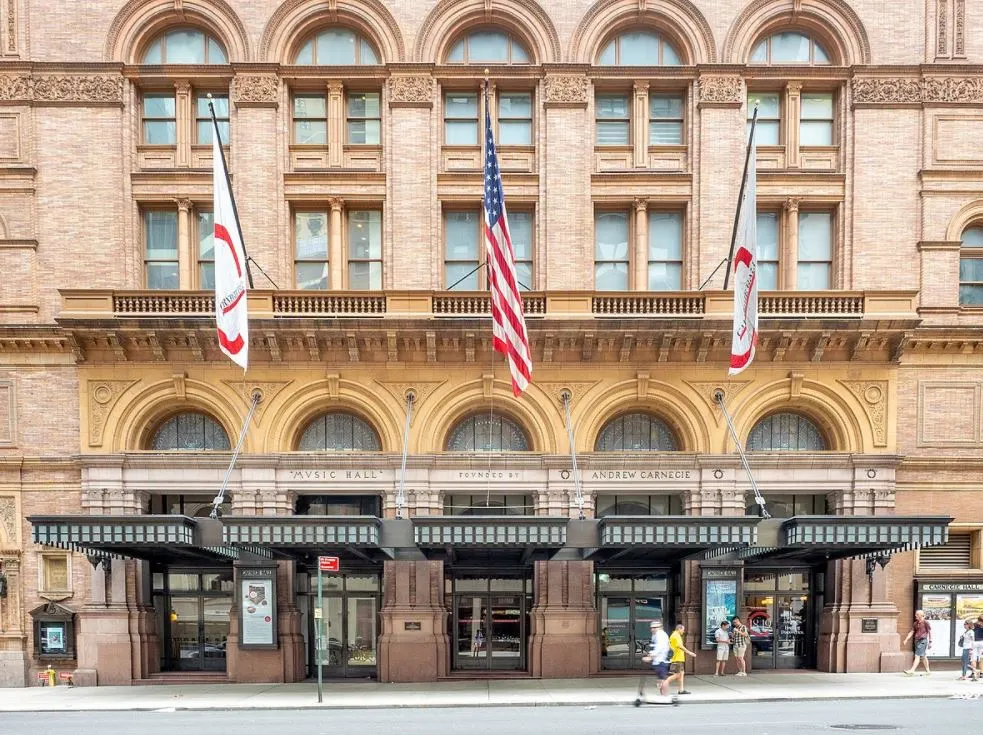
2. The venue consists of 3 different auditoriums
The building itself can be divided into 3 different sections which are each L-shaped and which feature a separate concert venue. These are the:
- Stern Auditorium/Perelman Stage – The main hall at Carnegie Hall with 2,804 seats on 5 levels. It served as the main performance center of the New York Philharmonic between 1892 and 1962.
- Zankel Hall – A smaller hall with 599 seats that originally opened to the public in April 1891. It was named after Judy and Arthur Zankel.
- Weill Recital Hall – A small recital hall with just 268 seats which was renamed after a former member of the board of the organization running Carnegie Hall.
This also means that the venue offers 3,671 seats combined in the 3 auditoriums.
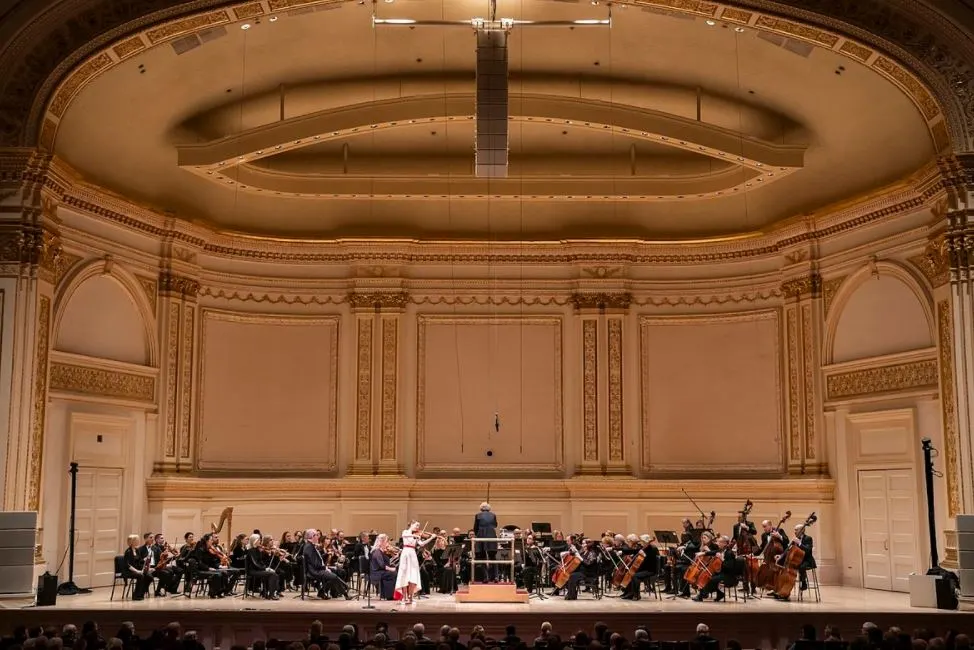
3. The hall was named after the man who funded its construction
Carnegie Hall was an idea of Andrew Carnegie (1835-1919), a Scottish-American industrialist and philanthropist who became ultra-rich during the expansion of the steel industry in America in the late 19th century.
Carnegie was a member of the boards of both the Oratorio Society of New York and the New York Symphony Society, and the original intention was to turn the venue into the home venue of these music organizations.

The construction of the building started in 1890 and was completely funded by Carnegie. The official opening of the hall happened on May 5, 1891, and has been operational as a concert venue for both classical and popular music ever since.
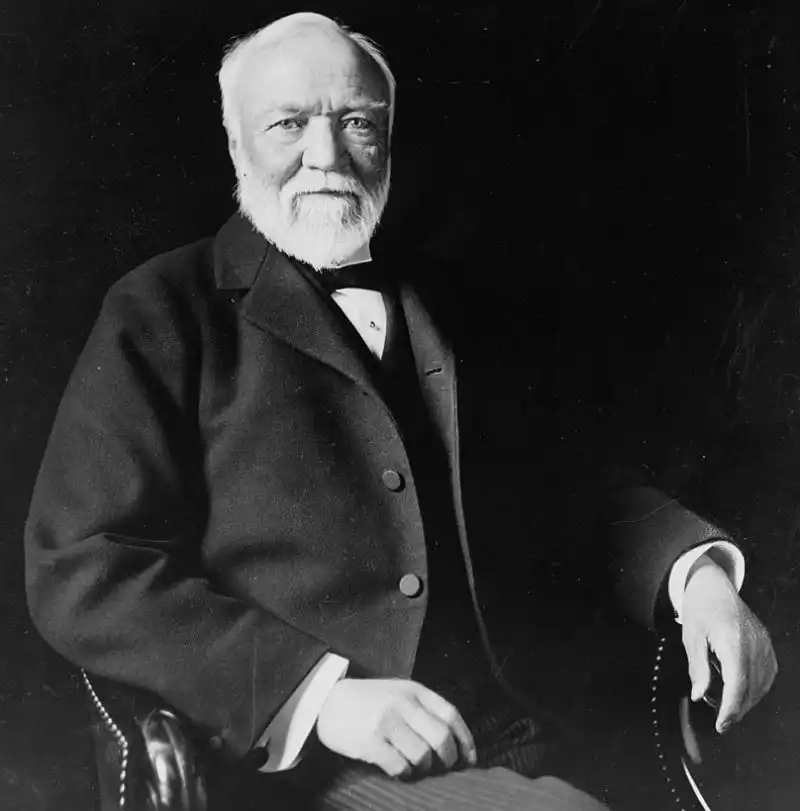
4. It was designed in a particular Italian style from the 15th century
The building was designed by American architect William Burnet Tuthill (1855-1929), a local who designed various structures in New York and who was the founder of the Architectural League of New York.
The main reason why he got the commission, though, is because he was also a talented cellist and served on the board of the Oratorio Society of New York along with Andrew Carnegie.
The iconic structure was designed in a style that was originally developed in Florence, Italy, in the late 14th century and spearheaded by Filippo Brunelleschi, the Renaissance architectural style.
The Renaissance Revival architectural style was one of the multiple revival styles that emerged in the 19th century in both Europe and the United States such as the Gothic Revival and Neoclassical styles.
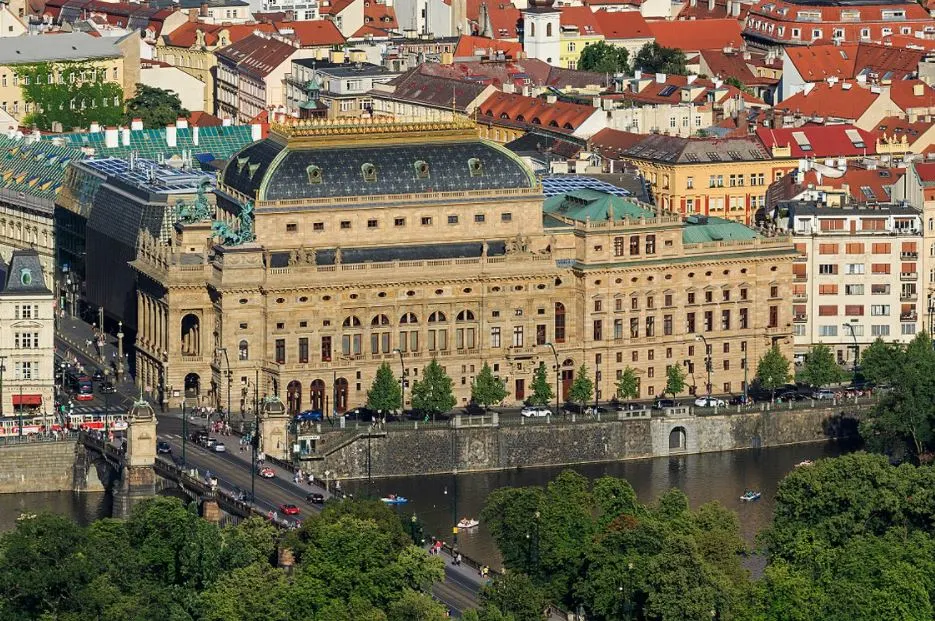
5. It was almost demolished in the 1950s to make way for a skyscraper
The hall was owned by the Carnegie family until the year 1925 which is the year that Andrew’s widow sold it to a real estate developer named Robert E. Simon. His son, Robert E. Simon Jr. eventually ended up selling the hall to another commercial developer, the Glickman Corporation, in July 1956.
The deal was made for $5 million and the idea of Glickman was to demolish the building to erect a 44-story tall skyscraper. If this company had been able to raise the $22 million needed for the construction of this tower, the iconic music hall would have been demolished in the 1950s!
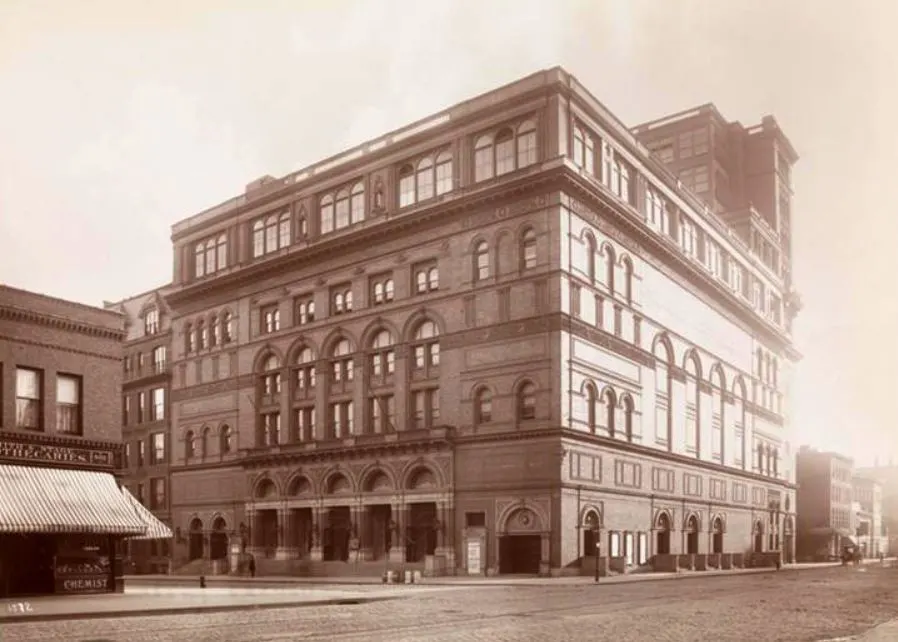
6. The city bought the hall for $5 million it became a historic landmark
Because Robert E. Simon Jr. didn’t like the idea of the hall being demolished, he instantly started working on a plan to preserve the iconic building in New York City. This was still possible because Glickman declined to buy the building itself after failing to raise the funds to build the skyscraper.
The only real option to make this happen was to get the government of the city of New York involved, and a combined effort between Simon and several artists that frequently performed here got the attention of the mayor at the time, Robert F. Wagner Jr.
New York City ended up buying the hall for $5 million and a non-profit organization called the “Carnegie Hall Corporation” was established to manage the venue.
The building ended up becoming a National Historic Landmark in 1962 and a New York City Landmark in 1967 as well!

7. The New York Philharmonic was the final resident in the early 1960s
The New York Philharmonic, the most famous New York symphony orchestra, was home at Carnegie Hall in 1892 but eventually ended up moving to the newly built Philharmonic Hall in New York’s Lincoln Center.
This hall was renamed twice in its history as well, first to the Avery Fisher Hall in 1973 and to the David Geffen Hall in 2015, and still serves as its home venue today.
This move also means that the hall hasn’t had a permanent resident since the year 1962 and all concerts are single events organized by the marketing department of the non-profit organization running the venue.

8. A skyscraper was built right next with a similar design in the 1990s
The area surrounding Carnegie Hall has changed quite a bit since the building was originally constructed in the late 19th century. The hall itself contributed to the development of an artistic hub that runs all the way to Broadway, and multiple additional buildings were constructed right next to the hall.
Perhaps the most remarkable landmark in the area, which also shares the same block with the hall, is the “Carnegie Hall Tower.” This 60-story skyscraper was designed in 1987 by world-renowned American Argentinian architect César Pelli (1926-2019) and resembles the design of the hall itself.
The construction of the tower was completed in 1991 and ended up winning an Honor Award from the American Institute of Architects in 1994.

9. The number of annual performances at the venue is quite limited
Perhaps one of the most remarkable facts about Carnegie Hall is that there aren’t that many performances here every year, even though there are 3 available auditoriums.
The number of performances averages about 250 every year, something that certainly adds to the exclusivity of the hall. Despite this fun fact, the hall makes serious losses (in the millions of dollars) because of this and has to rely on donors to survive.
In return, some of the most famous groups such as “The Beatles,” “The Rolling Stones,” and “Led Zeppelin” have all performed at the venue, along with the most famous classical music artists in the world!
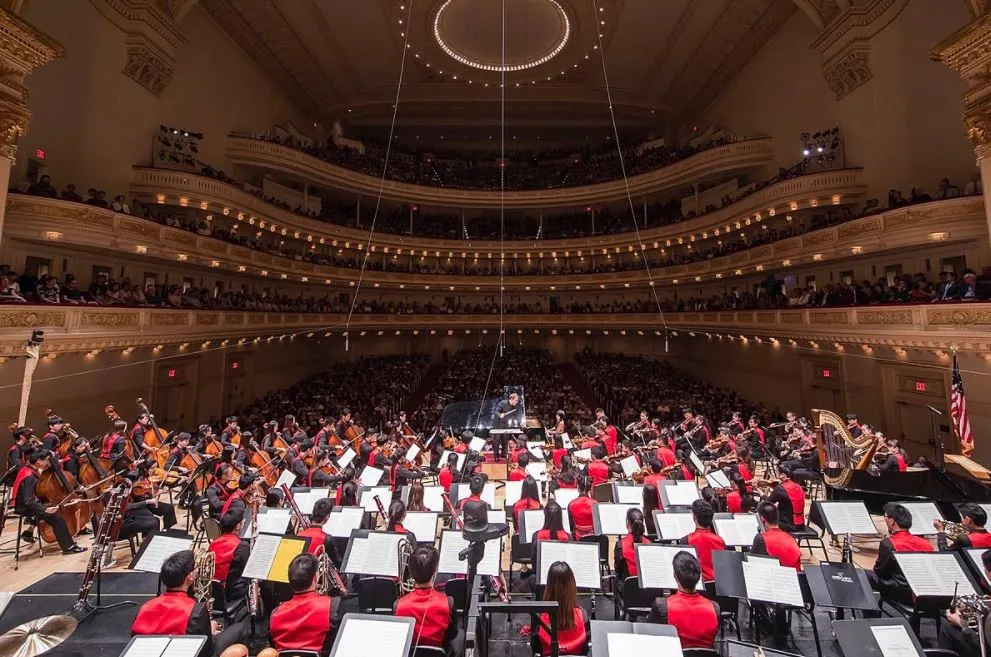
Apart from being one of the richest Americans in history, he was also one of the most generous. During the final 2 decades of his life, he gave away about 90% of his entire fortune to charities and foundations, a total value of about $350 million at the time, the equivalent of over $5.2 billion today.
Not too shabby for a man who started his career sending and receiving morse code as a telegrapher, don’t you think?
This also resulted in multiple buildings being named after him, including various halls that bear the name “Carnegie hall.” Apart from the famous music venue in New York City, the following structures are named as such as well:
- A music hall in his native Dunfermline, Scotland, which opened in 1937.
- A music hall inside the Carnegie Museums and Carnegie Library of Pittsburgh.
- A music hall attached to the Carnegie Library in Braddock, Pennsylvania.
- A music hall attached to the Carnegie Library in Homestead, Pennsylvania.
- A music hall located in Lewisburg, West Virginia.
And yes, there’s even a Carnegie Music Hall attached to the Carnegie library in the suburb of Carnegie, Allegheny County, Pennsylvania!

